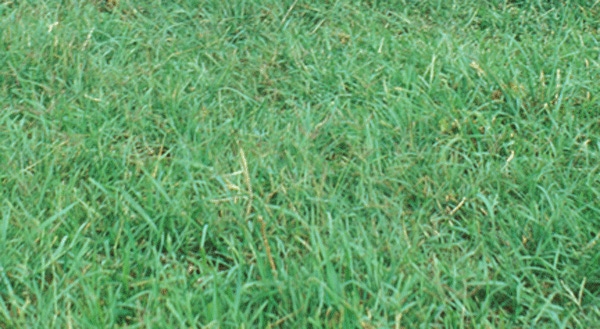January 9, 2012

A perennial legume, popular in hay production for its long-term persistence and high nutritional value, is being explored in Florida as a nitrogen-fixing grazing crop in beef cattle pasture systems.
Kim Cline Mullenix, a graduate assistant of agronomy and forage management at the University of Florida, has received a two-year $9,978 Southern Sustainable Agriculture Research and Education Graduate Student Grant to study strategies to establish rhizoma peanut (Arachis glabrata) in bahiagrass pastures.
The goal is to find low-input nitrogen-fixing alternatives to nitrogen fertilizers in grass pastures, while promoting sustainable grazing methods, said Mullenix.
“We’ve been finding that beef cattle producers add very little nitrogen fertilizer to their pastures, or they don’t add any at all because of the increasing costs. That has an impact on not only the quantity and persistence of the forage, but also the performance of the animal and number of animals that can be supported per unit land area, resulting in monetary losses to the farmer,” said Mullenix.
“This research is part of a larger effort of providing technologies that lead to sustainable grass-rhizoma peanut pastures with no requirement for nitrogen fertilizer.”
Producers, however, face a major challenge in using rhizoma peanut in grazing systems: establishment costs are high.
“Rhizoma peanut is propagated vegetatively, not by seed. It costs about $550 an acre to establish the perennial, and it takes two years to get an adequate stand,” said Mullenix. “As a result, rhizoma peanut is usually reserved for production systems that have high economic returns, namely hay production for horses.”
One way to address this issue may be to use strip-planting, or tilling and planting small areas of rhizoma peanut in grass pastures.
Mullenix will use strip-planting to establish small areas of rhizoma peanut in bahiagrass pastures with the idea that the peanut may spread into the grass component over time. This approach may help decrease initial input costs so that the crop can be used in more low-input production systems and increase the nutritive value of the overall stand
Offers several benefits
Mullenix said that incorporating rhizoma peanut in grass pastures is advantageous for farmers because of the myriad of benefits the perennial legume provides.
Rhizoma peanut produces high yields of high quality, nutritionally dense forage. Hay yields in Florida can range from 3-5 tons per year, according to the Florida Department of Agriculture.
The legume is well adapted to infertile soils and can establish itself in sandy or clay soils. It’s drought tolerant and persists even under heavy grazing.
In addition, it combines well with competitive grasses and faces few issues with pests and diseases. The legume also requires low maintenance once established and grows steadily at a rate of 5-30 cm per year in grass mixes.
In her research, Mullenix will strip-plant four rhizoma peanut cultivars — Florigraze, Ecoturf, UF Tito and UF Peace — into bahiagrass pastures to determine their adaptability and performance during the establishment phase, and their response to different levels of grazing intensity.
In addition, Mullenix also plans to measure the contribution of the legume to pasture systems through changes in soil quality, such as the effect on soil organic carbon, soil quality and other environmental benefits.
“Ideally, we want to determine which cultivar performs best using the strip-planting approach, which one fits the pasture system with bahiagrass the best and the benefit of using legumes to improve soil quality,” says Mullenix.
“We hope the results will provide specific and practical alternatives to nitrogen fertilizer for low-input livestock production in the Gulf Coast Region.”
Rhizoma peanut is grown extensively in Florida, as well as areas of the Deep South, including Georgia, Mississippi, and Alabama.
Other research participants include Ann Blount, University of Florida forage breeding and management Extension specialist; Maria Silveria, University of Florida soil scientist; Lynn Sollenberger, professor and associate chair of the University of Florida Agronomy Department; and Joe Vendramini, University of Florida forage specialist.
For more information on “Strategies for Increasing Rhizoma Peanut Contribution to Productivity and Ecosystem Services of Low-Input Pasture Systems,” log on to the national SARE projects database and refer to Project Number GS11-105.
You May Also Like




